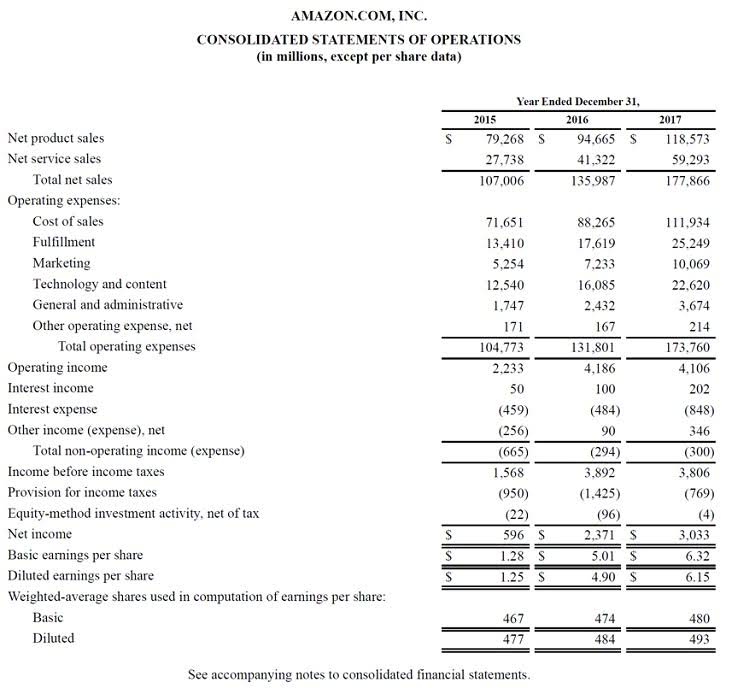How to identify obsolete inventory

By understanding these consequences, businesses can take proactive steps to prevent obsolete inventory from occurring and minimize its negative impacts on their operations. As consumer tastes and preferences change, businesses may find that products they once produced or stocked are no longer in demand. This can be due to a variety of factors such as changes in fashion trends, shifts in consumer demographics, or changes in consumer behavior.
- However, there are some additional advantages to keeping track of the value of items through their respective production stages.
- By understanding the characteristics and indicators of obsolete inventory, businesses can take proactive steps to prevent its accumulation and minimize its negative impact on their operations.
- Generally accepted accounting principles require that estimates for obsolete inventory are reviewed on a regular basis.
- They should ensure that the third-party buyers they work with adhere to ethical and responsible business practices and that the products being sold are not counterfeit or defective.
At the same time, the company knows that some of the inventory will not be sold and go obsolete. Management estimates the obsolete inventory base on the historical data and nature of product. A business may purchase too much of a product due to poor company forecasting, an inefficient inventory management system, or inaccurate lead times. Obsolete inventory is excess stock that is difficult to sell because there is a lack of demand for the product. This inventory has already gone through the entire product lifecycle, transitioning from a slow-moving product, to excess inventory, and finally becoming obsolete.
Allowance for Obsolete Inventory Journal Entry
This can be anything from products that are for sale to supplies and materials that are needed for production. The inventory includes raw material, working in process, and finished goods that are ready to sell to customers. These items will be recorded as the inventory which is the current assets on balance sheet. The journal entry for obsolete inventory affects your financial statements by lowering the asset value. If it’s a significant amount, it implies that your inventory management isn’t as good as it should be. This gives companies an incentive to fudge, delaying recognition or reporting it in small increments.
In this section, we will explore some of the most common methods for getting rid of obsolete inventory and discuss the advantages and disadvantages of each. By maintaining a high level of transparency and ethical standards, businesses can protect their reputation and maintain customer trust. It can be difficult to predict when certain products will become obsolete, but it is crucial to keep track of trends in the industry and be prepared for such a situation.
Audit inventory more frequently
Businesses must also consider the impact of repurposing on their existing operations and supply chain, as well as the potential impact on their brand reputation and customer relationships. For example, a business that manufactures electronic devices may repurpose obsolete components by using them to build other products or by selling them to other manufacturers. Similarly, a clothing retailer may repurpose outdated or unsold inventory by donating it to charities or repurposing it for other uses, such as creating cleaning rags or insulation material.
- Rather, it changes to reflect changes in regulations and standards employed by businesses operating in different industries throughout the economy as a whole.
- There’s also the option of remarketing items that are at risk of becoming obsolete.
- By keeping up with market trends, businesses can adjust their production levels and inventory orders to match anticipated demand, reducing the risk of overproduction and excess inventory.
- Once a business has identified its obsolete inventory, it becomes important to get rid of it to avoid the negative consequences.
- Damaged goods is a type of dead stock and is sometimes considered obsolete if the product is unfixable and therefore, loses its value.
- Writing off inventory is a complicated accounting process with tax implications that should be performed with the help of an experienced accountant.
By demonstrating their commitment to quality and customer satisfaction, businesses can differentiate themselves from their competitors and maintain a loyal customer base. For example, a fashion retailer may find that a particular style of clothing that was once popular is no longer in demand, resulting in excess inventory of those items. For example, when lead paint was banned from residential use in 1978, many manufacturers were left with a lot of obsolete inventory accounting unsellable inventory. Likewise, if a company produces a product that is no longer in demand, its inventory of it becomes obsolete and must be cleared out. This can happen with technology products such as laptops or smartphones, where newer models come out every few months. The lower boundary, called the floor, is in place to remove the opportunity for a company to unrealistically overstate profit by understating the value of its inventoried assets.
